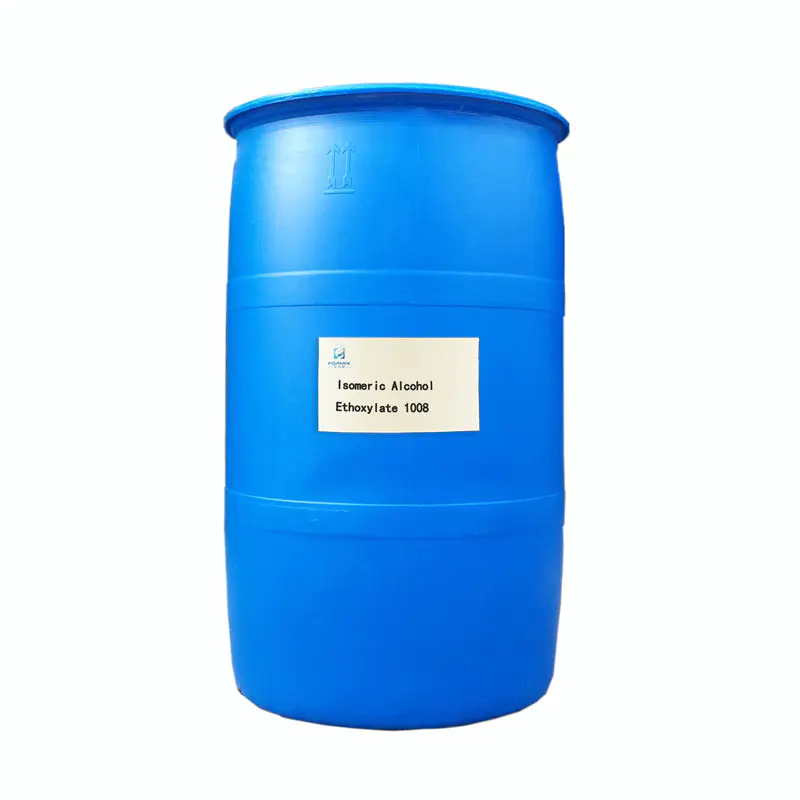What are the properties of surfactants?
2025-01-24
Reduce surface tension
Reducing surface tension is the most basic function of surfactants. There is a macroscopic tension in the surface layer of the liquid that makes the liquid surface shrink to the minimum as much as possible, that is, surface tension. After adding surfactants, surfactants form a thin film on the surface of the liquid, changing the molecular arrangement of the liquid surface, thereby reducing the surface tension.

Forming micelles
Micelles refer to ordered aggregates of molecules that begin to form in large quantities in aqueous solution after the surfactant concentration reaches a certain value.
Surfactants are dissolved in water. When their concentration is low, they are dispersed as single molecules or adsorbed on the surface of the solution to reduce the surface tension. When the concentration of surfactants increases to the point that the surface of the solution is saturated and can no longer be adsorbed, the molecules of the surfactants begin to move into the interior of the solution. Because the hydrophobic part of the surfactant molecule has a small affinity with water, while the attraction between the hydrophilic parts is large, when a certain concentration is reached, the hydrophobic parts of many surfactant molecules (generally 50 to 150) attract each other and associate together to form an association body, namely micelles. Micelles have various shapes, such as spherical, lamellar, and rod-shaped.

